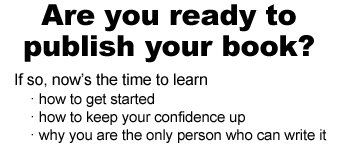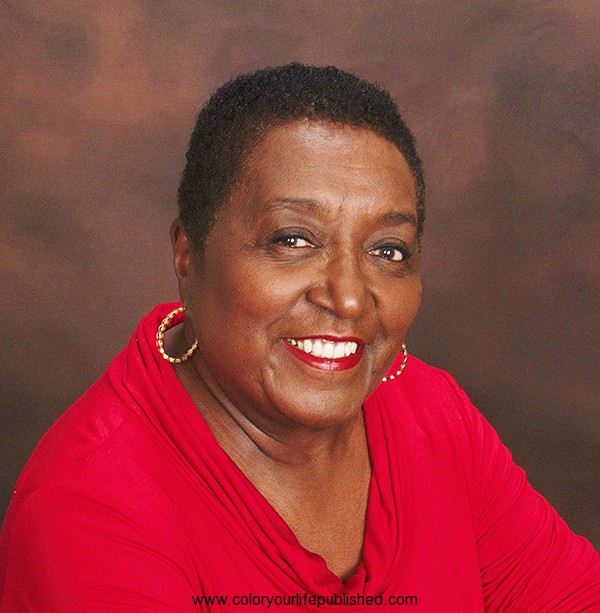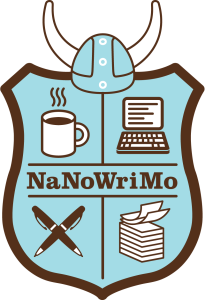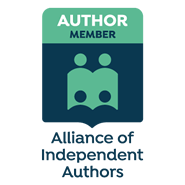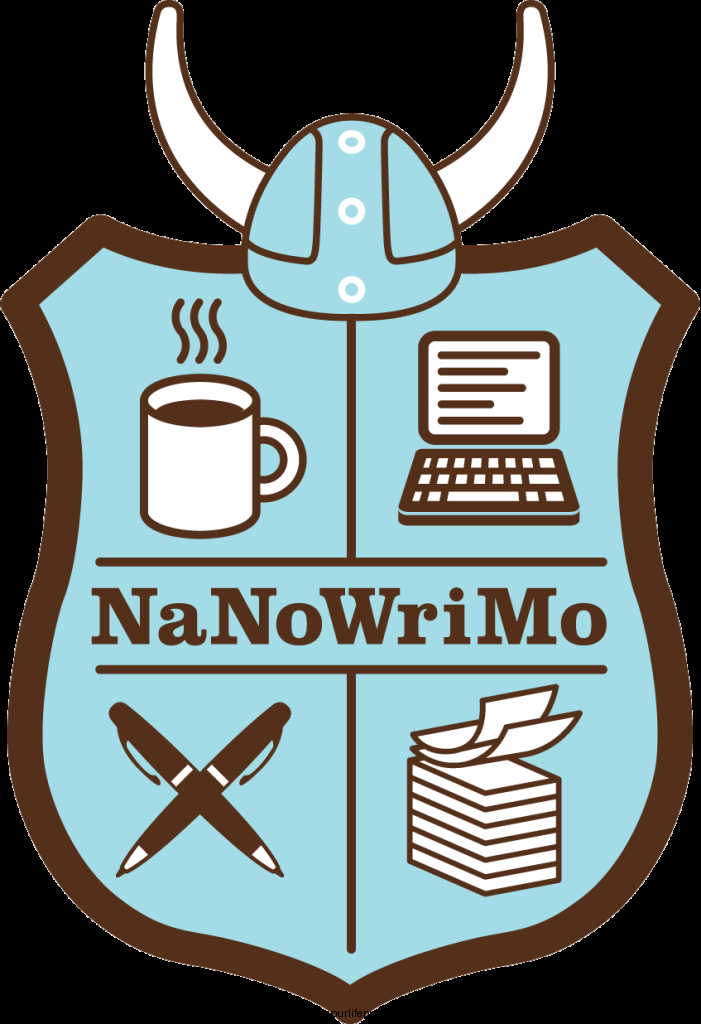
“Image courtesy of National Novel Writing Month.”
Every year as trick-or-treaters trail home on Halloween to tally their loot, writers around the world are flexing their fingers in preparation for National Novel Writing Month, better known as Nanowrimo, that begins on November 1st. For one full month, would-be novelists churn out thousands of words a day with the goal of creating the rough draft of a 50,000-word novel.
National Novel Writing Month was started by Chris Baty and 20 of his friends in July 1999 in SanFrancisco. Although it began as a half-literary fest and half-block party, it has grown into a worldwide explosion of the imagination among 300,000+ aspiring novelists. It is now even a 501(3)(c) nonprofit providing programs such as Young Writers Program and Camp NaNoWriMo, that empower and encourage vibrant creativity around the world.
Why should you join NaNoWriMo? If you’ve been longing to write a novel or struggling to finish one, here are some very good reasons to join your fellow novelists.
You are encouraged to go for quantity, not quality.
Here’s your chance to push yourself to turn out that rough draft that every writer must create. At the end of November you will have a product that will definitely need to be edited and polished before it’s ready for publication, maybe for months later. But won’t it be great to have it done in a month instead of dragging on for years?
Your one-month novel will likely be bad, Actually really, really horrible.
No one will ever see your rough draft.
Let me repeat that.
Write your worst. No one will ever see your rough draft.
What is important is that you will discover that you can create something that
is the same length as a good novel. Maybe, with attention to the elements ofnovel writing, you COULD turn a feeble attempt into a publishable novel.
Listen to the Chris Baty, founder of NaNoWriMo, share the history and give tips.
You get tips and encouragement from published writers.
Best-selling authors offer free coaching on NaNoWriMo’s Twitter account to offer tips. Check out the schedule at http://nanowrimo.org/events for this and other exciting events.
You have the chance to connect with fellow writers in your community.
Although you may certainly write alone, many NaNoWriMo writers gather in coffee shops, libraries and other public places to work on their novels and enourage each other toward their 50,000 word goal. There are 803 volunteer Municipal Liaisons guiding in 615 regions on six continents. Once you join, locate your region to see a listing of meeting places and times. Attend the ones that are convenient for you.
In addition to the typical coffee shop meet-ins, my local NaNoWriMo groups will meet on a train, at Disney’s Grand Californian Hotel and even IKEA. Then there’s our write-a-thon, Night of Writing Dangerously in SanFrancisco.
The volunteer liaisons are wonderfully creative and energetic as they plan events to make it fun to join in. Some have themed dress-ups days and offer prizes.
If you can’t get out, consider virtual write-ins.
Have any NaNoWriMo participants ever published their novels?
Yes!
Here are two you may recognize.
Hugh Howey, author of Wool and Sara Gruen, author of the historical novel Water for Elephants wrote their first drafts at NaNoWriMo.
You don’t have to change your life, just make writing your focus.
Disciplined writers already know they must turn out a certain number of words per day. They do it by making a commitment and fitting it into their daily lives. You can do this too.
There is no pressure. You may track your word count on the NaNoWriMo site, but it’s on the honor system. Even if you don’t make the 50,000-word finish line, you will be happy to enjoy whatever progress you make.
If you’re still not convinced to jump on board the 2015 NaNoWriMo fun, read this pep talk from Gene Luen Yang.
Ready now?
To get started, set up your account and log on to report your word count and participate in the forum. Remember, it’s on the honor system and completing your goal is your reward. Even if you don’t reach the 50,000 word mark, just participating is an achievement.
[feature_box style=”23″ only_advanced=”There%20are%20no%20title%20options%20for%20the%20choosen%20style” alignment=”center”]
Flora Morris Brown, author of this article, also wrote Color Your Life Happy: Create Your Unique Path and Claim the Joy You Deserve, 2nd edition. Visit http://coloryourlifehappy.com to learn more about the book before it is released on Amazon and other major booksellers. [/feature_box]
